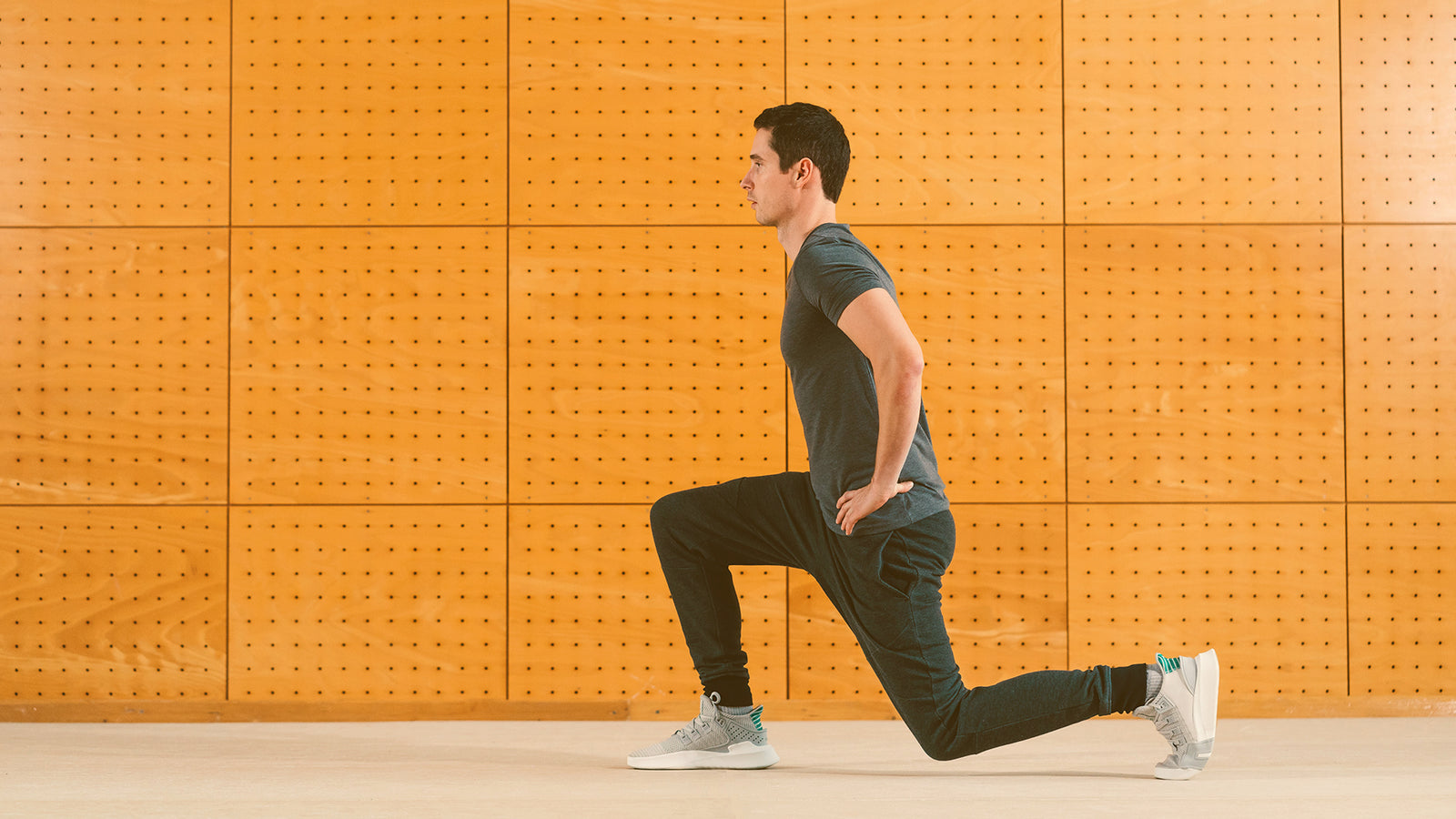Can you seriously get an effective and worthwhile workout from training with the resistance of only your bodyweight? The answer is a resounding yes. While other forms of training have their own well-understood merits, training against the force of gravity, using your own bodyweight can be highly effective for advancing your fitness goals of building muscle, adding strength, and burning fat. Without further ado, let’s look at the six key questions concerning this training protocol that’s increasing in popularity every day:
Who
You. And everyone else. It’s as simple as that.
What
Bodyweight training uses your own mass as resistance against the force of gravity. Anatomically, you possess different limbs of varying weight. Furthermore, you can adjust the natural resistance by using a variety of angles. Combined, this affords you a broad range of resistance weights which you can apply to performing a battery of bodyweight exercises, which include the following (as well as their variations):
- Squat
- Step-Up
- Lunge
- Leg Raise
- Wall Sit
- Single Leg Deadlift
- Push-Up
- Pull-Up
- Chin-Up
- Dip
- Plank
- Bridge
- Calf Raise
Additionally, you have the full slate of plyometric exercises at your disposal, wherein you typically jump upward into the air after the completion of the concentric (lifting) portion of the exercise.
Depending on your body mass, the reps required for bodyweight exercises will vary. In a very basic sense, a person who is quite light on their feet will be able to complete more repetitions; someone who carries a greater mass will be able to compete a lesser number of reps. Once you’ve determined your main goals (muscle building, weight/fat loss, etc.) you can prescribe for yourself a certain number of reps within which to perform each exercise.
But don’t let your weight limit you, either. There are certain specialty techniques you can employ such as slow negatives and isometric pauses that will intensify the resistance more than if you performed straight reps. And who says you can’t use slow positives? It’s not unheard of to take five seconds on the negative and five seconds on the positive, making one rep constitute 10 full seconds of time under tension. The ways in which you can customize your reps is limited only by your imagination. Such techniques really open things up for you and are essential to making bodyweight exercises equally as effective for you as if you were using free weights, machines or resistance bands.
When
A bodyweight workout can save you a lot of time and makes things convenient for you when there’s not enough time to get to the gym. Such a workout can be done in under 20 minutes if you’re in a rush or pressed for time; it can also take as long as you want if your schedule allows. Bodyweight training is effective for fat burning if done early in the morning on an empty stomach before you’ve consumed any calories (especially carbs). It can be done on your lunch, after work, after dinner, or right before you go to bed. Studies show that certain forms of resistance training done right before resting (hitting the sack) can be effective for igniting new muscle growth through advanced recovery.
Where
This is again a question wherein you’re limited only by your imagination. There’s no end in sight when it comes to the venues at which you can perform a bodyweight workout. They can be completed conveniently in your bedroom, living room, basement, garage, on any set of stairs, in the office, at the cottage, in the great outdoors, and let’s not forget, of course, that there’s nothing which says you can’t do them at the gym either!
Why
Bodyweight workouts are effective and convenient. They’re versatile to suit your purpose and they’re just as challenging as you want to make them. They can help you accomplish your goals to tone up or build more substantial muscle and they can also contribute to a great calorie burn and improved endurance. They are exceptionally effective when one has sustained an injury and is slowly rehabilitating certain muscles to bring them back to full capacity. Fitness athletes of every level embrace bodyweight workouts and you should too.
How
Last but not least, here’s a sample bodyweight workout so you can observe how they’re performed.
Exercise Sets Reps Rest
Squat 4 8 1:30 mins.
Walking Lunge 3 8-10 1 min.
Single Leg Deadlift 3 8-10 1 min.
Wide Grip Push-Up 3 8-10 1 min.
Pull-Up 3 8-10 1 min.
Close Grip Dip 3 10 45 secs.
Bridge 3 10 45 secs.
Calf Raise 3 15 30 secs.
Note that the above workout is not only a bodyweight workout but also a full-body workout. Bodyweight workouts are often trained as such, but they do not necessarily have to be. You can easily apply the principles of bodyweight training to your upper half one day and your lower half the next day. You could also split it into pushing movements one day and pulling movements the next day. Once again, the sky is the limit. So, open your mind and open your resistance training protocols to incorporate such an effective and incredibly convenient method of training!

